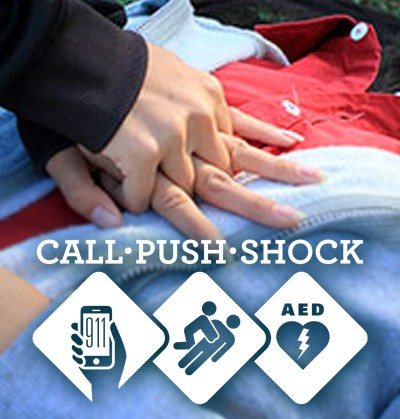
Amanda Brown, Grand Canyon, AZ – 30 at time of event (2006)
 Amanda is used to living on the edge—the edge of a crater. Actually, it was the south lip of the Grand Canyon. This small community is separated from the big smoke by a helicopter trip in emergencies. A normal Sunday evening after Thanksgiving quickly turned into a lifetime of surprises for Amanda. She had put the two girls to bed after they’d helped prepare the Christmas decorations, and remembers washing the dishes.
Amanda is used to living on the edge—the edge of a crater. Actually, it was the south lip of the Grand Canyon. This small community is separated from the big smoke by a helicopter trip in emergencies. A normal Sunday evening after Thanksgiving quickly turned into a lifetime of surprises for Amanda. She had put the two girls to bed after they’d helped prepare the Christmas decorations, and remembers washing the dishes.
But, she woke up in Flagstaff Medical Center, and everything in between is merely hearsay to her. “And I can deny any of it,” she says in jest.
Now, after ten years of marriage, she emphatically states, “My husband really is a hero. I always knew I married the right guy!” He was a paramedic, and on that fateful day, knew to call 9-1-1 and start CPR. The next-door neighbor was a law enforcement officer and had an AED in her patrol car. But it was unable to restore Amanda’s heartbeat.
They continued the CPR until further help arrived. The on-call EMT was also a neighbor, and had a defibrillator, which finally brought Amanda back. She opened her eyes, and took a deep breath. Her pulse returned, and she immediately became combative. This is not an abnormal reaction but it did have consequences. Amanda had bitten down on a tube in her mouth and bumped out a tooth. (She now calls them her summer teeth—some are there, some aren’t!) They quickly sedated her for the Guardian Air helicopter ride to the ER.
After the CAT scan ruled out a brain aneurism, and the angiogram showed no blockages, she needed another helicopter ride to visit an electrophysiologist in Phoenix. She was told an ICD would be implanted and she could go home the same day, Wednesday. But, they were wrong. Just as the AED was unable to shock her out of the deadly rhythm on Sunday, the ICD was equally ineffective that Wednesday. Eventually, three days later, Amanda was discharged, with an additional subcutaneous array lead down her back to overcome her defibrillation threshold. This, too, is not abnormal, and has consequences. Several months later, Amanda felt faint while sitting at the kitchen table, and as she laid her head down the device fired. The shock caused her back muscles to contract and throw her out of the chair. She now has the device programmed to beep before it zaps!
Amanda says she has “Sudden Cardiac Arrest Syndrome,” since no underlying cause or reason for these “events” is evident. They moved from “The Canyon” in the hope of finding a cardiologist who could find the pathology, and she even endured catheter ablation; trusting that it was capable of preventing her deadly arrhythmia. Still the device beeps every six months or so, because she has regular runs of V-tach. Luckily, it hasn’t decided to zap her again.
“Enjoy each day, the limits on my life are just conscious now.” Amanda says with a refreshing frankness. “Am I on borrowed time?” she added, “The idea that I’m going to be shocked every year adds a little excitement to your life, but I’d like to make it to my eighties!”
-Jeremy Whitehead
